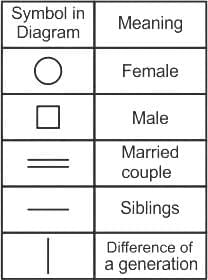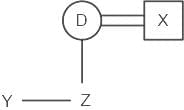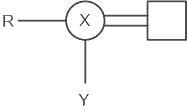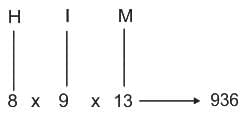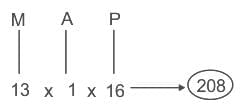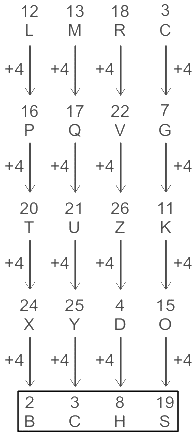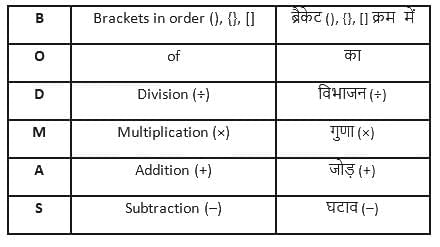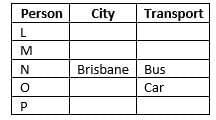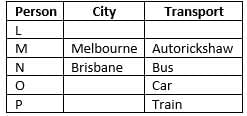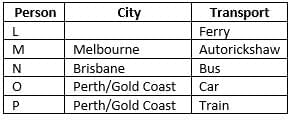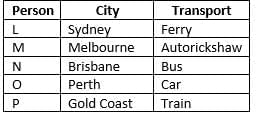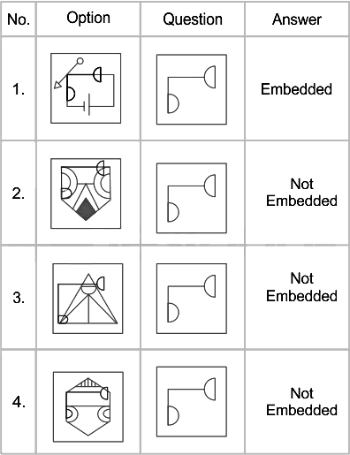DFCCIL MTS Mock Test - 3 - DFCCIL MTS MCQ
30 Questions MCQ Test - DFCCIL MTS Mock Test - 3
A shopkeeper buys 1800 kg wheat for Rs.32,400. If 20% of this wheat is spoiled due to rain, at what rate (Rs./kg) should he sell the rest to earn 20%?
The average height of 15 persons in room A is 5.6 feet and the average height of 10 persons in room B is 6.1 feet, then find the average height of persons in both the rooms together.
A stick of length 19√2 cm was placed inside a cuboid box which is 5 cm wide and 11 cm high. If the size of the stick is maximum, then what is the length of the cuboid box?
Suresh spends 70 percent of his income. If his income increases by 20 percent and expenditure also increases by 10 percent, then by what percent will his savings increase?
If the ratio of the cost price and the selling price of an article be 4 : 5, then the percentage of profit is:
Match List-I with List-II and select the correct answer using the code given below:
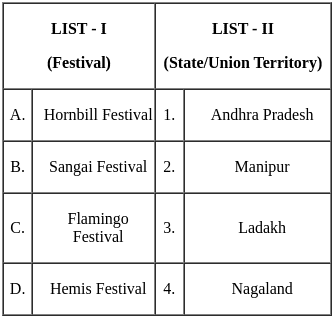
Which of the following lake is an example of 'Crater Lake'?
Which of the following organelles are present only in plants?
The question below consists of a question and two statements numbered I and II given below it. You have to decide whether the data provided in the statements are sufficient to answer the question. Read both statements and give the answer.
Statements:
I. Y and Z are children of D who is the wife of X.
II. R's sister X is married to Y's father.
How is X related to Y?
In this question, two statements are given followed by two conclusions. Choose the conclusion(s) which best fit(s) logically.
Statements:
1) No magazine is cap.
2) All caps are cameras.
Conclusions:
I. No camera is magazine.
II. Some cameras are magazines
If 'HIM' means 936, and 'CAM' means 39, what will be the code for 'MAP'?
A series is given with one term missing. Select the correct alternative from the given ones that will complete the series.
LMRC, PQVG, TUZK, XYDO, ?
Arrange the given words in the reverse dictionary order and choose the one that comes fifth.
Opaque, Object, Overmix, Overlap, OpacifyIf ‘A’ stands for ‘÷’, ‘B’ stands for ‘×’, ‘C’ stands for ‘+’ and ‘D’ stands for ‘−’, what will come in place of the question mark (?) in the following equation?
342 A 2 C 125 B 1 D 43 = ?
In the given diagram, Triangle represents Actors, Circle represents the Actors who can sing, Square represents the Actors who can do stunt and Rectangle represents the Actors who can dance.
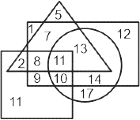
How many Actors can only sing and dance?
Read the given question and decide which of the following statements are sufficient to answer the question.
Question:
Which word represents 'Mangoes' in the code language?
Statements:
1. "I love Mangoes" is written as 'E la mange'.
2. 'I love Orange' is written as 'E la orage'.
This question is based on the five, three-digit numbers given below:
(Left) 158 518 182 305 510 (Right)
What will be the resultant if the third digit of the second smallest number is added to the first digit of the largest number?
Five friends L, M, N, O, and P travel from Adelaide individually to five cities i.e. Sydney, Melbourne, Brisbane, Perth, and Gold Coast. By different means i.e. Ferry, Autorickshaw, bus, car, train. The one who travelled to the Gold Coast did not use a car. N travelled to Brisbane by bus and O travelled by car. M travelled by autorickshaw to Melbourne and P travelled by train. Perth and Gold Coast are not connected by the Ferry route with Adelaide. Who among the following travelled to Gold Coast?
Select the option in which the given figure X is embedded (rotation is NOT allowed).






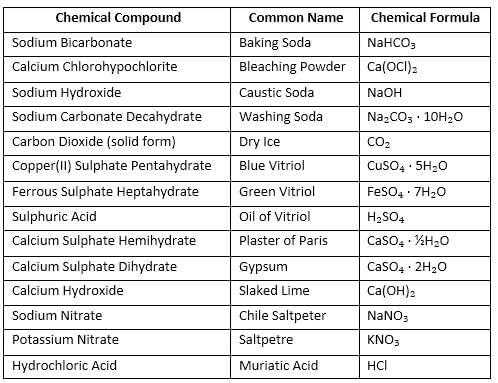



 and the radius, r' =
and the radius, r' = 

 = 2W
= 2W = C°
= C° 

